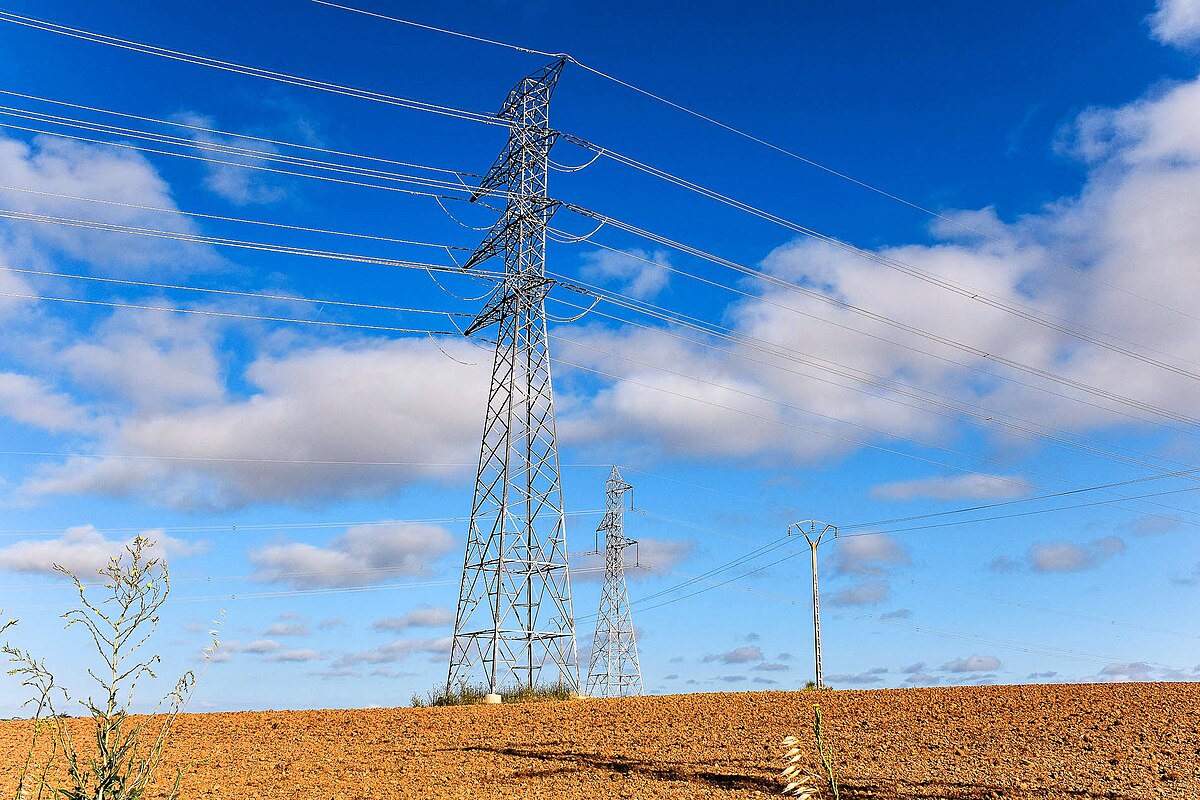While the series of events that lead to the crippling blackout that impacted Spain on April 28 are still being analysed, the disastrous power-system failure has the hallmarks of a similar calamity that befell South Australia in the mid 2010s. And while far smaller in scope, the blackout in Australia could point to both the cause and solution to the European power outage.
While the precise causes of the April 28 blackout in Spain, Portugal and parts of France will only be unearthed with time, the impacts of the event were profound. Some 50-60 million people are estimated to have been impacted by the power system failure, which caused a “collapse of the Iberian electricity network at 12:38[am]” – according to Eduardo Prieto, director of Spanish transmission system operator Red Eléctrica.
The restoration of power throughout the impacted region only began occurring in the mid afternoon and continued throughout the night.
The Guardian quoted Portuguese grid operator REN, which said the failure originated in Spain and was the result of a “rare atmospheric phenomenon.”
REN said: “Due to extreme temperature variations in the interior of Spain, there were anomalous oscillations in the very high voltage lines (400 kV), a phenomenon known as ‘induced atmospheric vibration’. These oscillations caused synchronisation failures between the electrical systems, leading to successive disturbances across the interconnected European network.”
Frequency regulation failure
Without delving into atmospheric causes, it appears likely that the system failure was triggered when grid frequencies dropped significantly below 50 Hz. An expert from Bruegel, a Brussels think tank, said that the frequency disturbance then resulted in “cascading disconnections of power plants.”
Somewhat unsurprisingly, both Spain and Portugal’s transition away from fossil-fuelled electricity generation and towards renewables was implicated as a potential cause of the blackout. Traditional generators like gas, coal, and hydroelectric can play a role in regulating grid frequencies whereas renewable energy power plants like wind typically do not. Wind farms have been implicated in power system failures in the past, in particular in South Australia in 2016, when they disconnected from the state’s electricity network, compounding a frequency event and leading to a state-wide system failure.
However, in the case of yesterday’s far larger failure on the Iberian peninsula, renewable energy generators were likely not to blame, said Leonardo Meeus, a professor specialising in electricity at the European University Institute – speaking to Politico. Meeus said updated grid connection codes from 2016 would stop wind and solar from disconnecting from the network, which would have amplified a frequency event.
Energy consultant and investor Gerard Reid told ESS News that he believes grid operators in Spain “lost control” of the electricity network after an interconnector with France tripped.
“There was too much power in the system, as you can imagine when you have negative prices,” said Reid. “I think the Spanish grid operator panicked and islanded the system with no form of turning mass. And they were in trouble and lost control.”
Reid noted that more will be revealed over time, but that initial impressions were indicating this as a likely scenario.
“If you actually looked in the morning, when the system went down, 90% of power in the system was renewables. Spain had one combined-heat-and-power plant with 500 MW [of power output| and the rest was nuclear in slow mode,” he said. “They probably miscalculated the amount of renewables in the system, cut off the interconnections and lost control.”
South Australian precedent
In 2016, a blackout left 850,000 people without power after a storm downed 23 electricity transmission pylons in South Australia, which were a part of the state’s connection to Victoria. While the event caused significant political fallout, with renewable energy opponents blaming the state’s reliance on wind, it also resulted in the speedy construction of the initial 100 MW/129 MWh stage of the Hornsdale Power Reserve and a virtual power plant (VPP) program in state capital Adelaide. At the time of its completion in 2017, Hornsdale was the largest lithium-ion battery system in the world.
In this way, Australia could very well point the way forward for Spain’s electricity network. While Spain has more than 45 GW of solar, according to SolarPower Europe, its BESS capacity trails far behind. At the start of 2024, again according to SolarPower Europe, Spain had about 800 MWh of grid connected batteries – although auctions are expected to add roughly 800 MW to that capacity this year.
For Reid, adding BESS capacity – as in Australia last decade – is the obvious solution. “That’s what you’ve gotta do here too,” he said.
And with its ability to be deployed quickly and its ability to respond to frequency issues in fractions of a second, it is very likely a major part of the solution to the frequency problems Spain faced this week.
This content is protected by copyright and may not be reused. If you want to cooperate with us and would like to reuse some of our content, please contact: editors@pv-magazine.com.









1 comment
By submitting this form you agree to pv magazine using your data for the purposes of publishing your comment.
Your personal data will only be disclosed or otherwise transmitted to third parties for the purposes of spam filtering or if this is necessary for technical maintenance of the website. Any other transfer to third parties will not take place unless this is justified on the basis of applicable data protection regulations or if pv magazine is legally obliged to do so.
You may revoke this consent at any time with effect for the future, in which case your personal data will be deleted immediately. Otherwise, your data will be deleted if pv magazine has processed your request or the purpose of data storage is fulfilled.
Further information on data privacy can be found in our Data Protection Policy.